LEDs vs. Incandescent Lights
Comparing, History, Mechanics and Usage
Welcome to another educational blog post by Evan Designs. In this post, we will be learning a bit more about the history and functionality of both incandescent and micro LED lighting. We will then compare incandescent lighting to LED project lighting so you can better decide what lighting fits your hobby needs.

History of The Incandescent Light
The incandescent light bulb was the first light bulb invented and available for commercial use and purchase. Incandescent light bulbs dominated the lighting market and still to this day are a popular choice in many households around the world.
Contrary to popular belief, Thomas Eddison didn't invent the first light bulb, he simply was the first one to produce the incandescent light bulb that was available for commercial use and purchase in 1878. The first discovery and experimentation with incandescent light actually started back in 1761, with Ebenezer Kinnersley heating a wire to “incandescence” or in other words the wire glowed so hot it produced light.
Over the following 50 years, scientists experimented with different types of metals for the filament of the small lights as well as the power sources to heat the filaments. Platinum was used for filaments in 1802 because of its high melting point, but the light it produced was not bright enough. Carbon rods were experimented with as well as different types of vacuum tubes for enclosing the glowing filaments. Later bulbs with different gasses inside such as Nitrogen were explored.
Finally, in 1878 Thomas Edison patented an incandescent light bulb with a carbonized bamboo filament and a glass bulb with a high vacuum interior. We could spend a whole blog post writing about the long history of incandescent lights, but for now, this brief history will suffice for our understanding of these bulbs. Next, we will work to understand how incandescent bulbs operate.

Warm White Goose Neck Lamp
Evan Designs Warm White LEDs are created to mimic the warm glow of an incandescent bulb.
The Functionality of Incandescent Lights
Since the 1870’s the mechanism in which incandescent light bulbs work remains largely the same. Incandescence by definition is the light produced by a heated object.
In the case of our light bulbs, a tungsten filament is used because of the metal's high melting point. This filament is placed within a glass bulb in which all air is vacuumed out. It is important that air does not touch the filament because it can cause oxidation of the filament. Instead, a mixture of Argon and Nitrogen is used to fill the mini bulbs. Argon is used because it is an inexpensive gas with low thermal conductivity, meaning that it does not transfer heat efficiently. This is very important for our incandescent light because the filament is heated up to 4,500 degrees Fahrenheit. If oxygen was to touch the tungsten at this high temperature it would oxidize instantly and burn out. Eventually, at these extreme temperatures the tungsten filament evaporates, thus accounting for the relatively short lifespan of incandescent lights, 750-2,000 hours of light production.
Additionally, the heating of the filament is not an energy-efficient process, only 5% of the energy applied is converted to light, the other 95% is lost as heat. This also makes the lights hot to the touch, and often not suitable for hobby projects with meltable or hih temperature sensitive components. There is more to incandescent light composition, but for now, this brief overview will be suitable to contrast incandescent lights to LEDs.
History of LED Lights
We have a whole article devoted to the history of battery operated LED lights which you can read here: A History of LED lights, so for now, we will just review the key points for comparison. Electroluminescence, the mechanism by which hobby LED lights can shine, was first discovered by Henry Joseph Round in 1907. Round applied electricity to a crystal of silicon carbide and observed a glow that was later termed electroluminescence.
Over the next 55 years, different materials were experimented with to create electroluminescence, as well as the mini LED, composition and design. Finally, the first miniature LED light became commercially available in 1962, which was designed by Nick Holonyak Jr. Hobby LEDs have come a long way since 1962, and in the next section, we will explore how the modern micro LEDs we sell today at Evan Designs function.

Evan Designs MEGA String LEDs
LEDs have come a long way since the first LEDs were created in 1962.
How LEDs Work
How miniature LEDs work is much different than their incandescent counterparts. It is a more complex, and as a result, more energy efficient process. Instead of converting electrical energy to heat energy to generate light, micro LED lights for models convert electrical energy directly into light energy, making them 75% more efficient than their incandescent counterparts.
Hobby LED lights shine by Electroluminescence instead of incandescence. Electroluminescence is when a material emits light as a result of an electrical current passing through it. The material in this specific example is the Gallium Nitride semiconductor inside the battery-powered pico LED lights sold by Evan Designs. These two materials form what is known as a “PN junction” inside the semiconductor. Electrical current from the battery passes through the circuit of the battery operated LED lights to reach the semiconductor, which is housed inside of the diode. This current crosses the PN junction between the two materials. The p side of the junction is positively charged and this causes negative electrons to diffuse across from the N side. As this charge change occurs energy is emitted as photons of light. If this sounds complicated, don't worry it is.
The important takeaway from the functionality of LEDs is that electrical energy is converted directly into light energy without the production or loss of energy to heat.
Pendant Light LED by Evan Designs
Hobby LEDs don't produce heat energy, making them a great choice for hobby enthusiasts.

LEDs VS Incandescent Lights
Now we have a better understanding of both of these light sources, let's compare some facts about each light, starting with energy usage. LED battery lights use 75% less energy than incandescent lights. To operate an incandescent light bulb for 8 hours a day would take 60W of energy. The same-sized hobby LED bulb would only take 10W, meaning you could run 6 battery powered LED light bulbs off of the same amount of power as one incandescent light!
Next is heat generation, mini LED light bulbs never get hot to the touch, while incandescent light bulbs lose 90% of the energy applied to them as heat, making them great heat sources. In fact, a mini light bulb is used in appliances such as the Easy Bake Oven to cook food. The next factor to consider is lifespan. Individual mini LED lights have a lifespan of 25,000 hours while their incandescent counterparts have a lifespan of 1,200 hours. Additionally at the end of life with an incandescent its filament or filament attachment points fails resulting in no light. With an LED ages small dislocations increase within its semiconductor matrix so that less light is generated.
When the brightness of an LED is at 70% of its initial light the LED is considered at end of life which typically occurs after 10s of thousands of hours. The LED will continue to light beyond this point however the brightness declines more rapidly.
Finally, let's compare the cost between these two light sources. A small LED light from Evan Designs costs just $2.25 for singles and less per LED in quantity. The comparable grain of wheat incandescent light bulb costs just under 1$.
We hope through reading this article you learned more about the incandescent and miniature LED lights that power our lives and our world. As always feel free to comment with any extra facts, questions, or suggestions for future articles you’d like to see!
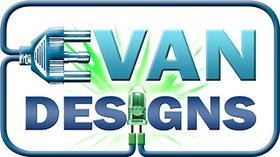

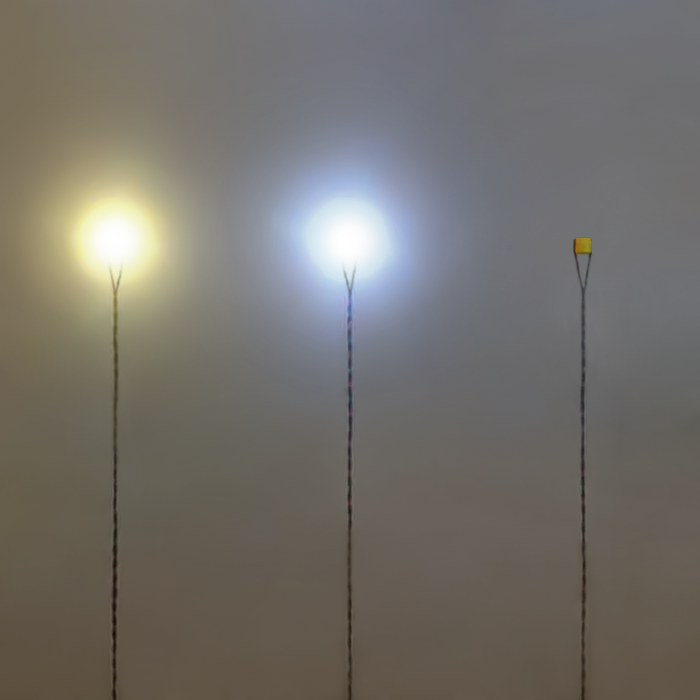
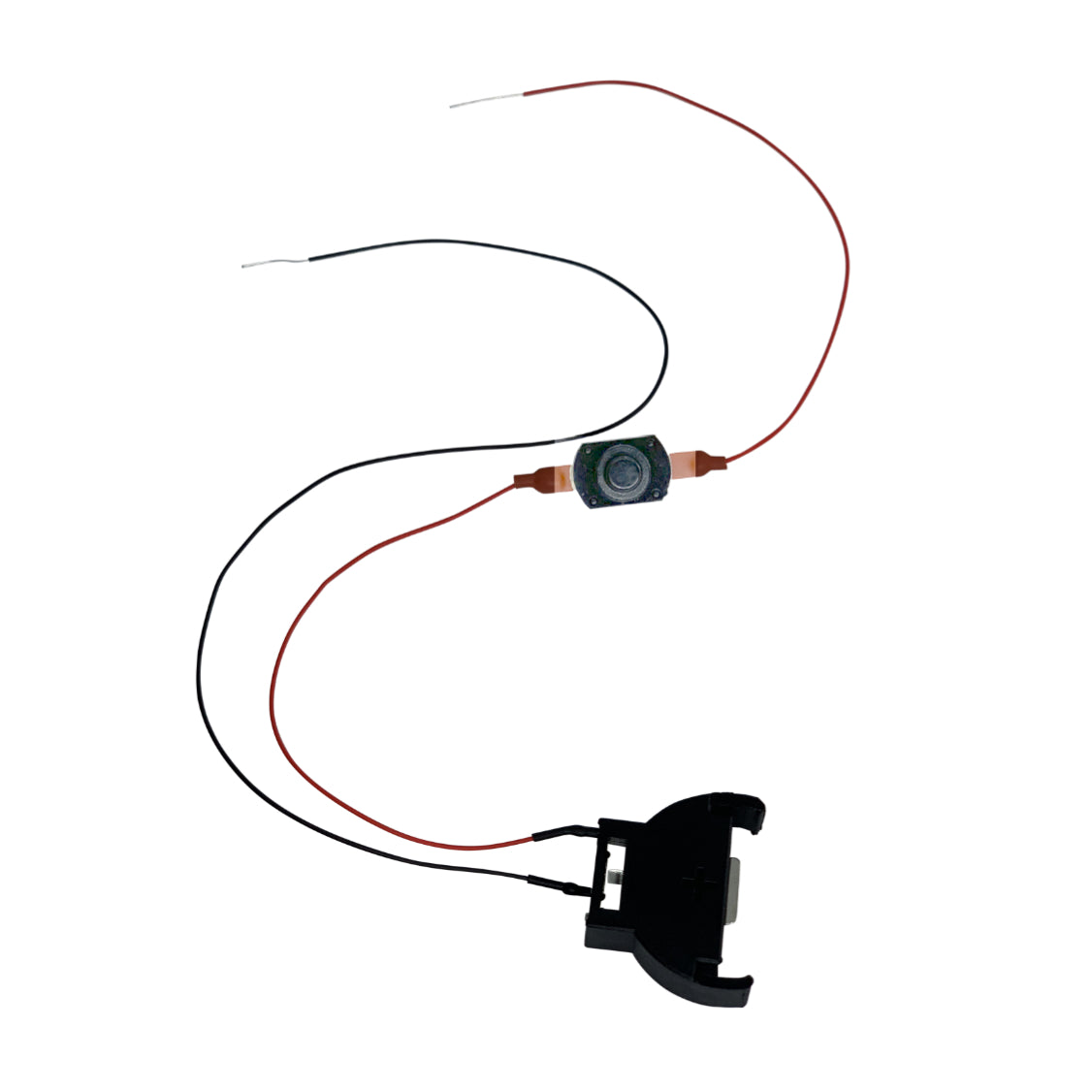

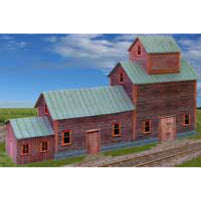


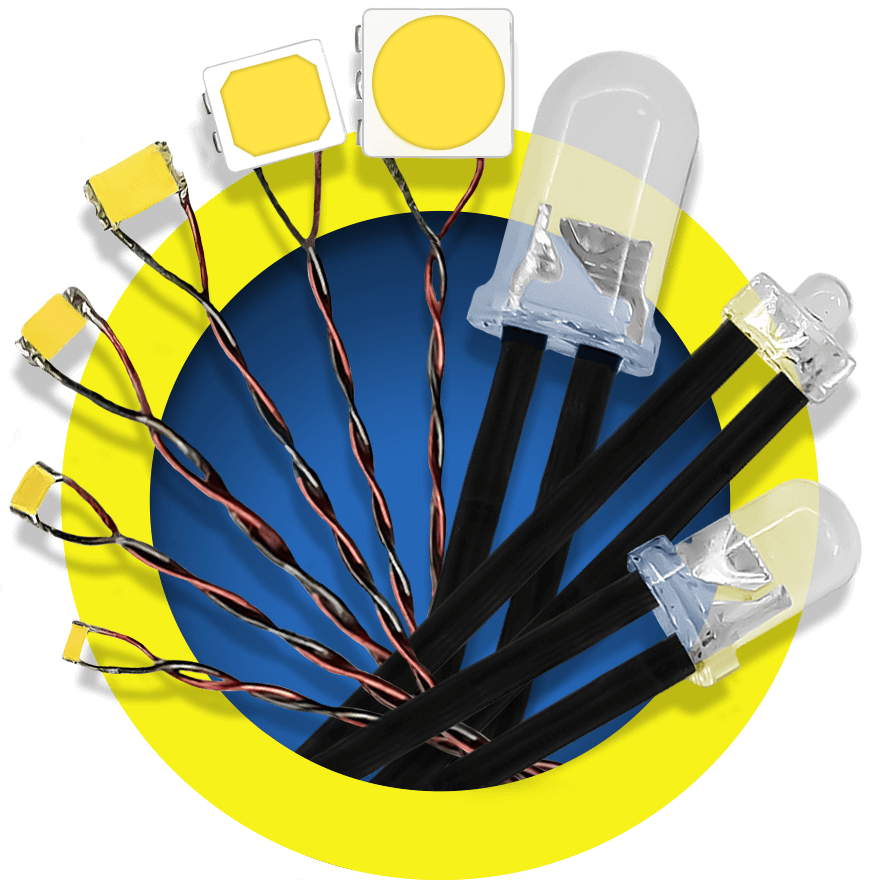
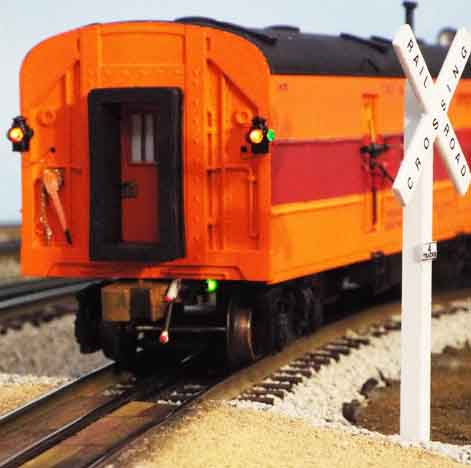
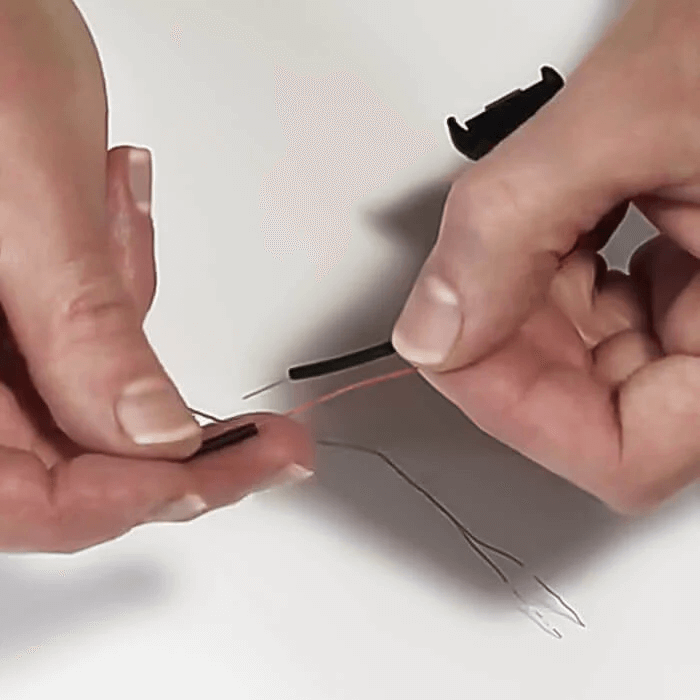
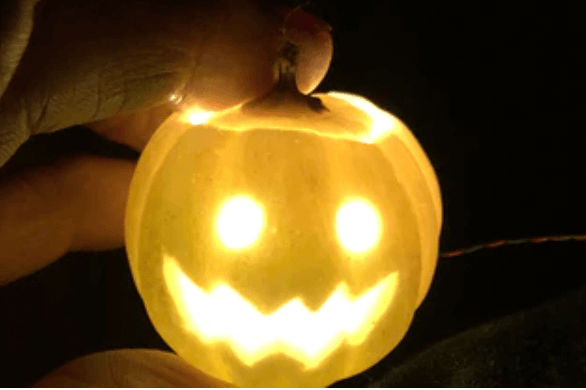
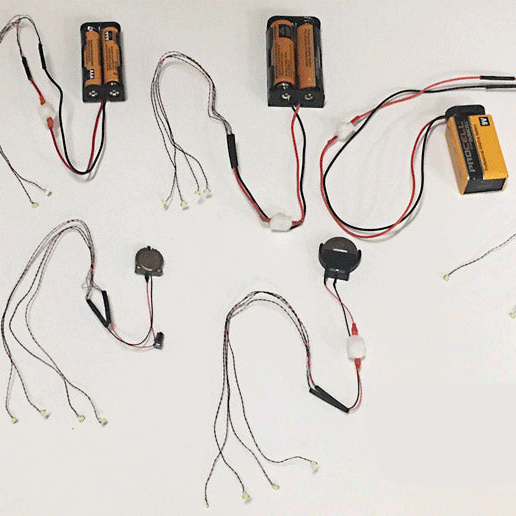
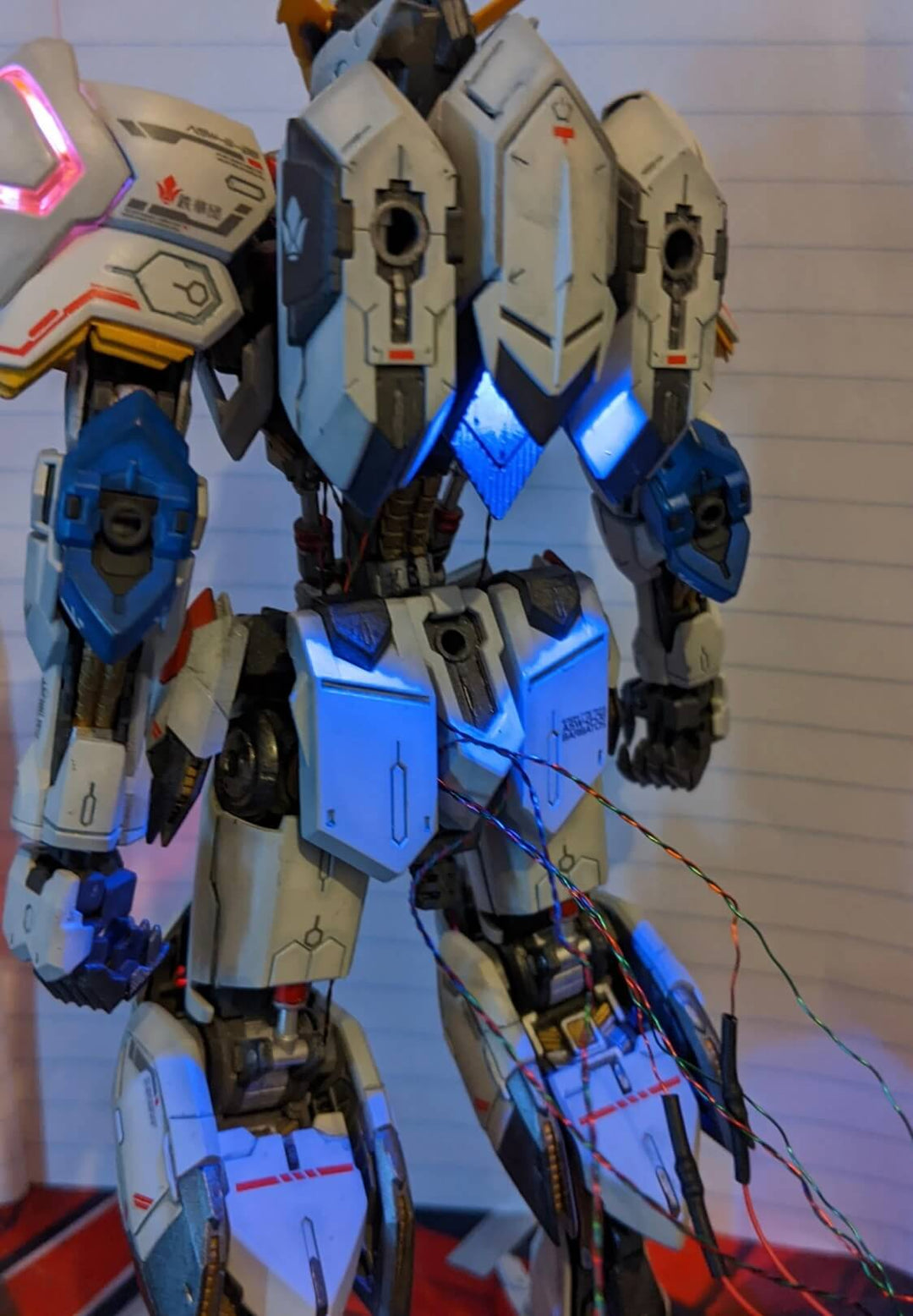
Leave a comment